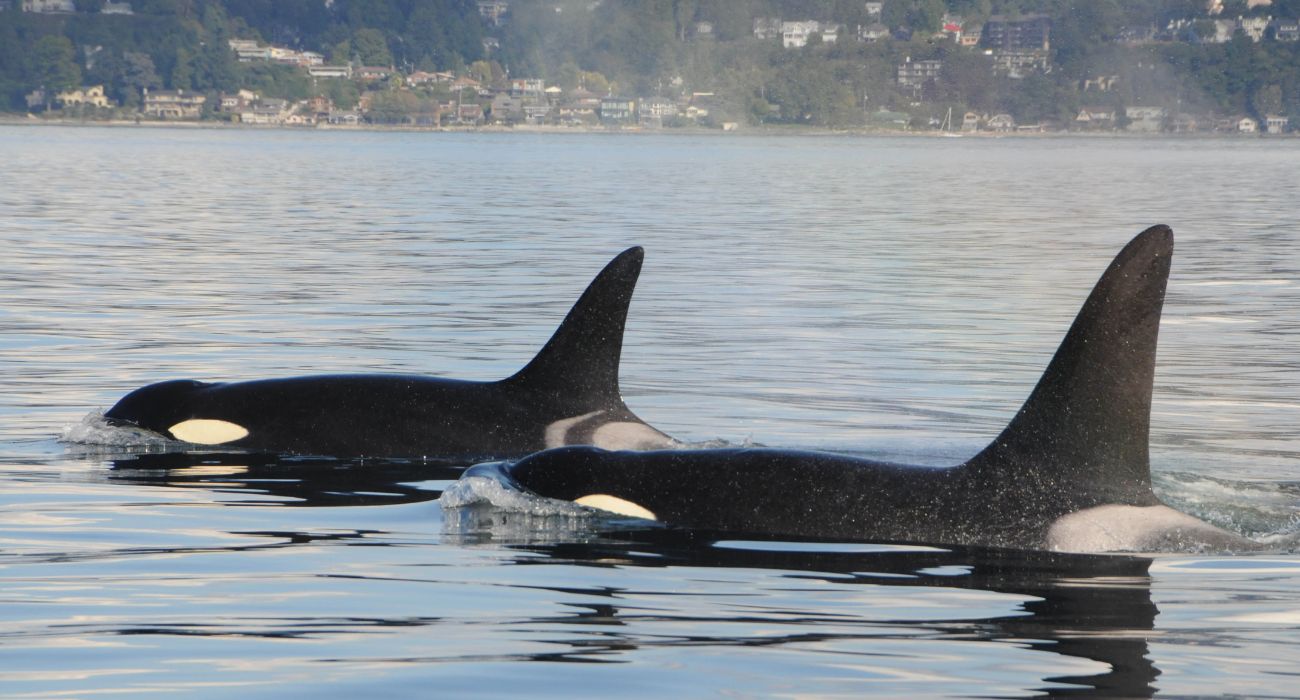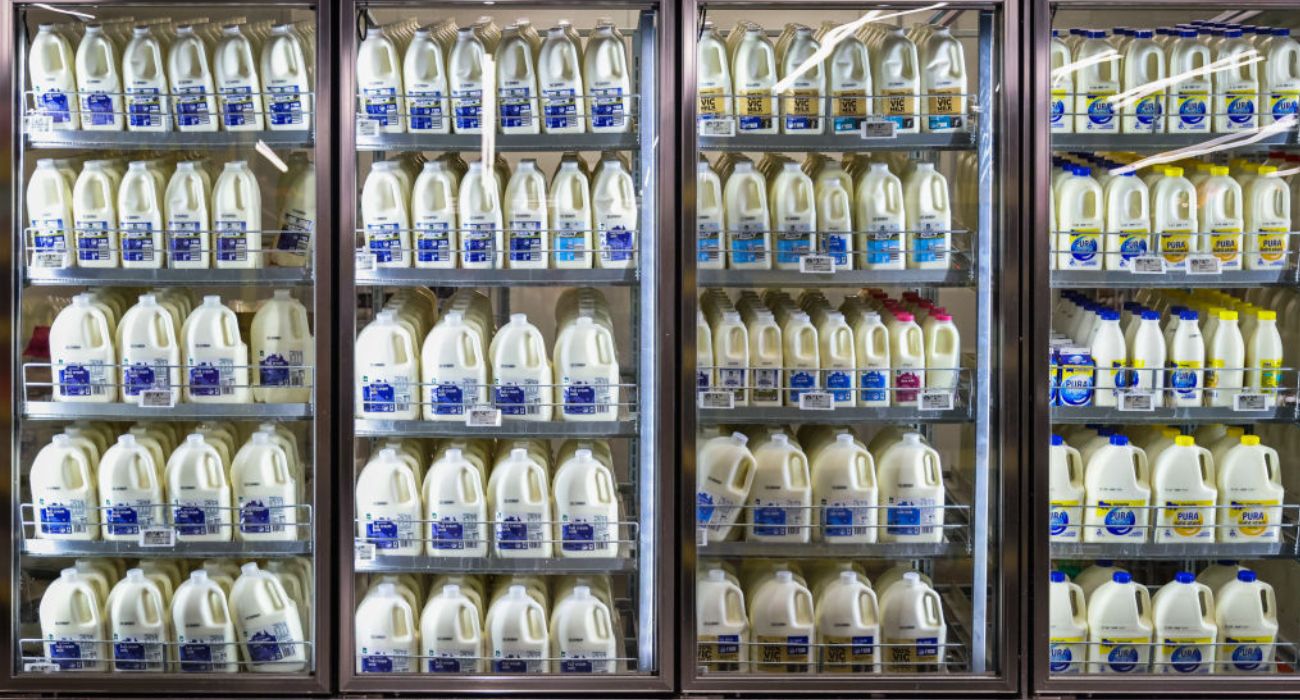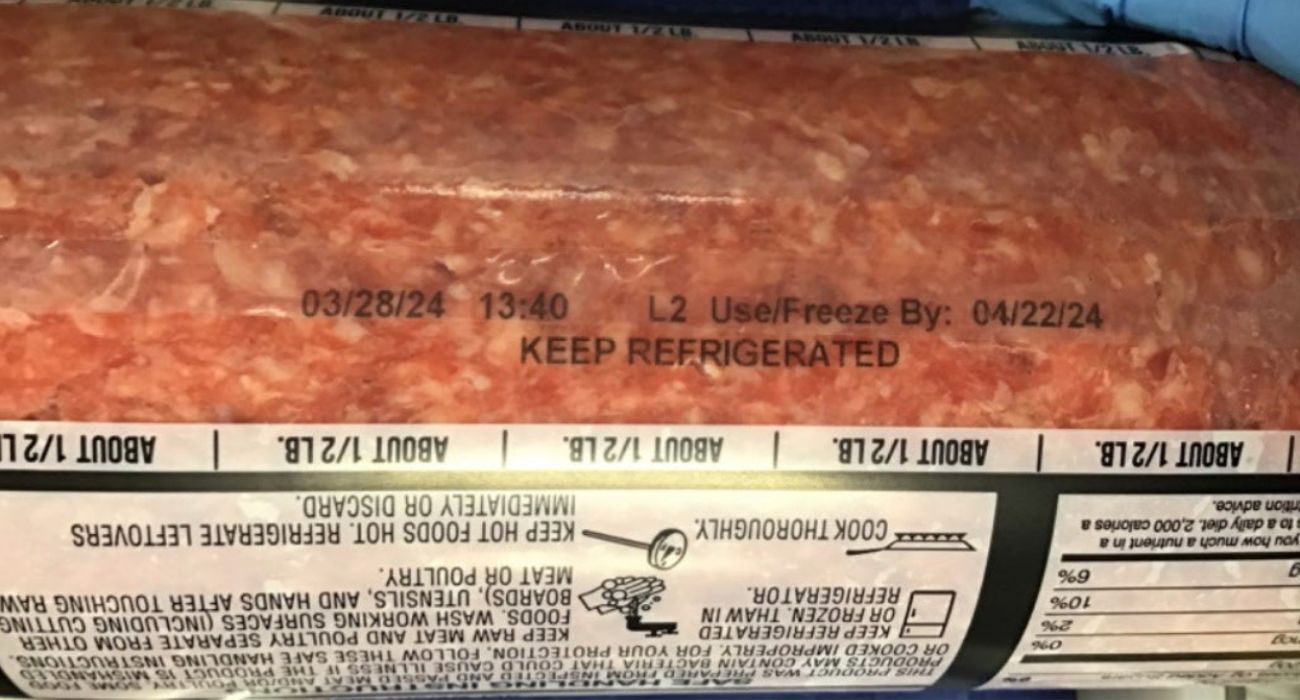Canadian researchers have discovered toxic chemicals from oil spills and wildfire smoke in marine life samples.
Researchers from the University of British Columbia have published a study in the journal Scientific Reports that details the discovery of polycyclic aromatic hydrocarbons (PAHs) in samples of muscle and liver from six stranded Bigg’s killer whales and six Southern Resident killer whales.
The samples were taken from a 12-year period between 2006 and 2018.
PAHs are a type of hydrocarbon that is typically found in coal, oil, and gasoline. When these substances, along with others like wood, garbage, or tobacco are burned, they can become airborne, according to the CDC.
One such PAH, C3-phenanthrenes/anthracenes, accounted for a third of the contaminants found in the samples. The new study suggests that wildfire smoke is one possible source among others.
“A naturally-occurring source of pyrogenic PAHs, particularly along the west coast of Canada, are forest wildfires with prevailing winds facilitating long-range atmospheric transport of PAH compounds to Bigg’s killer whale more remote habitats,” reads the study.
“Further PAH-source analyses using additional DRs including An/178 and BaA/228 suggested diesel oil, Australian crude oils and fluid inclusion oils, and coal for petroleum sources, and wood, grasses, diesel, No.2 fuel oil, and bituminous coal for combustion sources are common reoccurring sources in the killer whale samples.”
Kiah Lee, first author of the study, claims that these activities have allowed the PAHs to enter the marine food system and as a result, end up in the bodies of the orcas, according to a press release from The University of British Columbia.
Researchers hope that the data will be used to inform pollution management policies and conservation efforts for killer whales.
“The preliminary findings from this study will add key information to inform management approaches in killer whale habitats,” said Paul Cottrell of Fisheries and Oceans Canada in the press release. “The source of the PAHs is often from human activity and it is important we have baseline data on current PAH levels in killer whales to monitor those trends and impacts in marine ecosystems into the future.”






